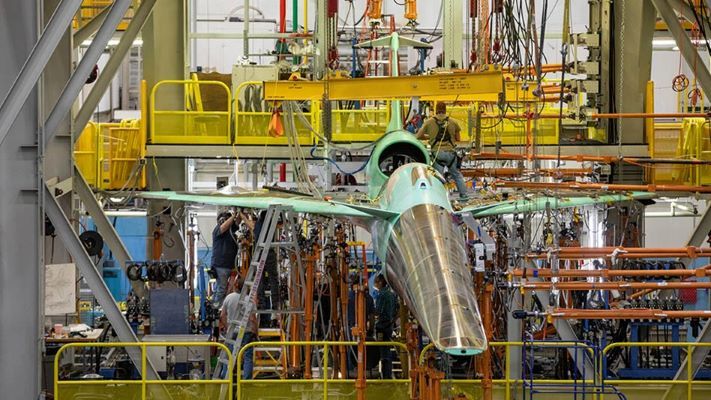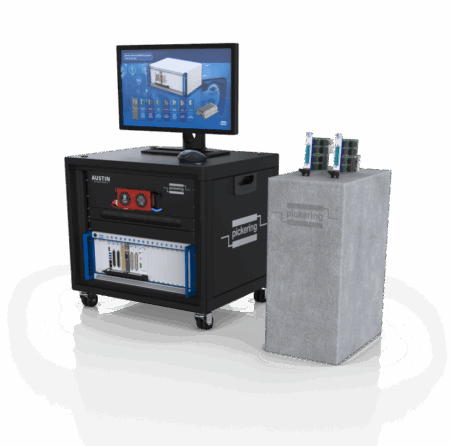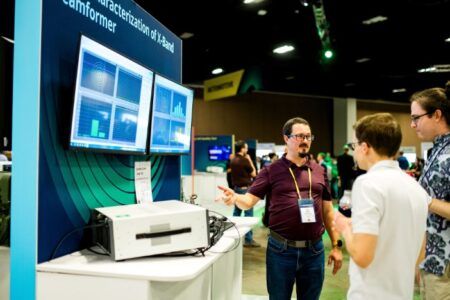Engineering company Swift has used stress analysis and design software from Collier Aerospace to optimize the nose-cone of NASA’s X-59 Quesst low-boom supersonic test aircraft.
The HyperX software supplied by Collier was used by Swift engineers for structural sizing, analysis and test validation of the X-59 aircraft’s nose cone.
The elongated nose cone is a crucial part of X-59 and is designed to control the aerodynamic pressure waves that form at the sharp nose tip during supersonic flight, resulting in quieter sonic booms.
X-59’s first flight is expected to happen this year. Data from the test flights will help establish an acceptable noise standard for commercial supersonic flights over land, lifting a 50-year ban.
NASA contracted Swift Engineering to build and perform the structural analysis and certification testing of the X-59’s distinctive, 35ft (11m) -long nose cone.
Collier Aerospace’s software enabled Swift Engineering to remove mass that reduced the nose cone’s weight by more than 25% while maintaining dimensional stability. It was also used to evaluate the design for a range of load cases, and provide detailed stress reporting to support part release and fabrication.
The company also used the software to perform detailed analyses, supporting structural testing substantiation of the structural design.
Bill Giannetti, technical consultant to Swift Engineering said, “The Collier Aerospace software played a critical role throughout this high-visibility project to design, engineer and build the X-59 nose structure.
“At the outset, when the team from Skunk Works explained how important lightweighting was, I had so much confidence in the software that I was convinced we would remove 100 pounds from the nose cone. However, we surpassed that goal by achieving a significant weight savings on the nose cone structure.”
“We were able to iterate the structural sizing software with our finite element analysis solver, which enabled weight reduction through structural optimization and rapid load path convergence. Once the system was set up, we could watch the mass come out of the nose structure, while meeting all the traditional aerospace failure criteria simultaneously.”
Meeting rigorous requirements
To lower the weight of the 400 lbs (180kg) preliminary nose cone design, which specified graphite/epoxy composite and a honeycomb-core sandwich structure, Swift Engineering’s team removed unnecessary plies, simultaneously optimizing the structure for stress and stability. The Collier Aerospace software enabled the team to quickly evaluate design alternatives by considering trade-offs in ply-layup schedules and core panel and edge band thicknesses, and then evaluate the change to the section stiffness and deflection.
The HyperX software automates stress analysis and design. It performs rapid structural sizing to all load cases, lightweighting and margin writing. The software helps ensure the producibility of a composite part by creating a design that is optimized for manufacturability.
“We’re grateful that our software helped Swift Engineering achieve success with the X-59 nose cone and met the high expectations of Lockheed Martin Skunk Works,” said James Ainsworth, vice president of engineering services at Collier Aerospace. “The high level of credibility that our solution has earned, and its powerful sizing and analytical capabilities, were key factors in Swift’s decision to choose our software. We’re looking forward to the X-59’s first flight.”





